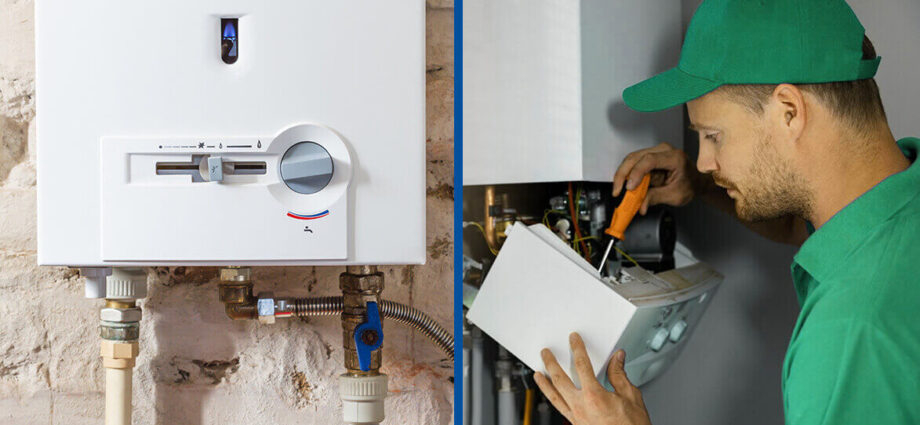When your water heater starts acting up, it can disrupt everything from a morning shower to evening cleanup routines. Given how essential hot water is in our daily lives, keeping your water heater in good condition is crucial.
Here are some essential repair tips that will help you keep your water heater running smoothly.
Flushing Out Sediment Buildup
Over time, sediment, like minerals and debris, builds up at the bottom of your water heater tank, especially in areas with hard water. This buildup can hinder heating efficiency, causing the heater to work harder and consume more energy.
To flush out the tank, start by turning off the power and water supply. Attach a garden hose to the drain valve, open it, and let the water flow out until it runs clear. This simple flush, ideally done once a year, can prevent costly repairs and keep your water heater working efficiently.
Testing the Temperature and Pressure Relief (T&P) Valve
The T&P valve is a vital safety feature on your water heater that prevents excessive pressure or temperature buildup inside the tank. This valve can release steam or water if things get too intense inside, keeping your water heater safe from dangerous pressure levels.
To test it, first ensure the water heater is off. Place a bucket under the discharge pipe connected to the T&P valve, then gently lift the valve’s lever. You should see water flow briefly before stopping when you release the lever. If it doesn’t flow or won’t stop, it’s time to replace the valve.
Keeping an Eye Out for Rust and Leaks
Rusty water or visible leaks around your water heater are clear signs of potential trouble. If the water from your heater appears rusty or has a metallic taste, have a professional inspect the anode rod; replacing it could extend the heater’s lifespan.
Meanwhile, any visible leaks should be addressed immediately, as they can lead to water damage and affect your water heater’s efficiency. Regular visual inspections can help catch these issues early before they escalate into costly repairs.
Checking the Thermostat Settings
If you find that your water isn’t as hot as it used to be or that the temperature fluctuates, the thermostat settings could be to blame.
Make sure it’s set between 120°F and 140°F, a range that provides hot water without posing burn risks or excessive energy use. If the temperature is set correctly but the water is still not heating as it should, the thermostat might be malfunctioning.
In that case, you may need a technician to repair or replace it, ensuring consistent hot water for your household.
For more comprehensive repairs or if you are uncertain about performing these tasks yourself, contact Service Champions and keep your water heater running reliably all year round.

